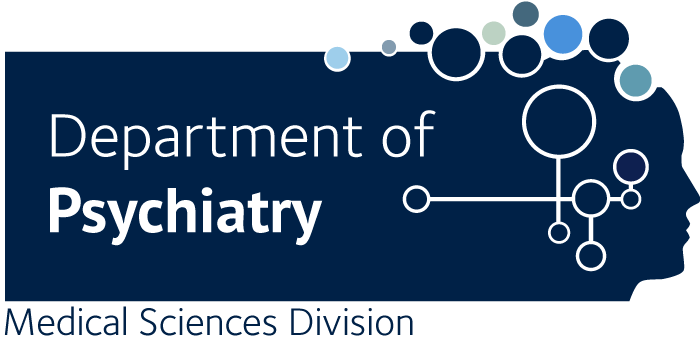The association of polytherapy and psychiatric comorbidity in epilepsy.
Odhiambo MA., Kaingu GK., Mumbo M., Kipper K., Sander JW., R J C Newton C., Kariuki SM., EPInA investigators None.
PURPOSE: Managing epilepsy may require using more than one anti-seizure medication (ASM). While combination therapy may help, risks, including psychiatric problems, are not fully explored in Africa. We examined the relationship between polytherapy and psychiatric comorbidities among attendees of an epilepsy community clinic. METHODS: We prospectively assessed individuals attending an outpatient clinic in Kilifi, Kenya, for patterns of ASM prescribing (mono- or polytherapy) and reviewed psychiatric diagnoses. We used the Psychosis Screening Questionnaire and the Patient Health Questionnaire Version 9 to assess for psychosis and depression, and the Child Behavior Checklist to assess for emotional and behavioural problems. We conducted a cross-sectional logistic regression analysis to determine factors associated with polytherapy and examine the impact of polytherapy and specific medication on psychiatric comorbidities. RESULTS: Of 3,016 attendees, most were on older ASM (99.7 %), with about a third (32.9 %) on polytherapy. The most commonly co-administered drugs were phenobarbital and carbamazepine (13.0 %). Children were less likely to be on multiple medications than adults, and there was no difference between the sexes. Polytherapy was associated with focal to bilateralised seizures (aOR 1.2 [95 % confidence interval:1.0-1.4]) and frequent seizures (aOR = 2.1 [1.5-2.9]). Combining drugs increased the likelihood of any psychiatric problems (aOR = 1.3 [1.0-1.8]), with polytherapy associated with depression (aOR = 2.9 [1.0-8.4]) and psychosis (aOR = 1.9 (1.0-3.6)). CONCLUSION: Polytherapy, especially with older drugs, is associated with psychiatric comorbidities in this population. Resorting to polytherapy needs to be carefully considered. Prioritizing research into the long-term effects of ASM on psychiatric comorbidities is crucial for improving mental health outcomes in epilepsy, particularly in low-income settings.

